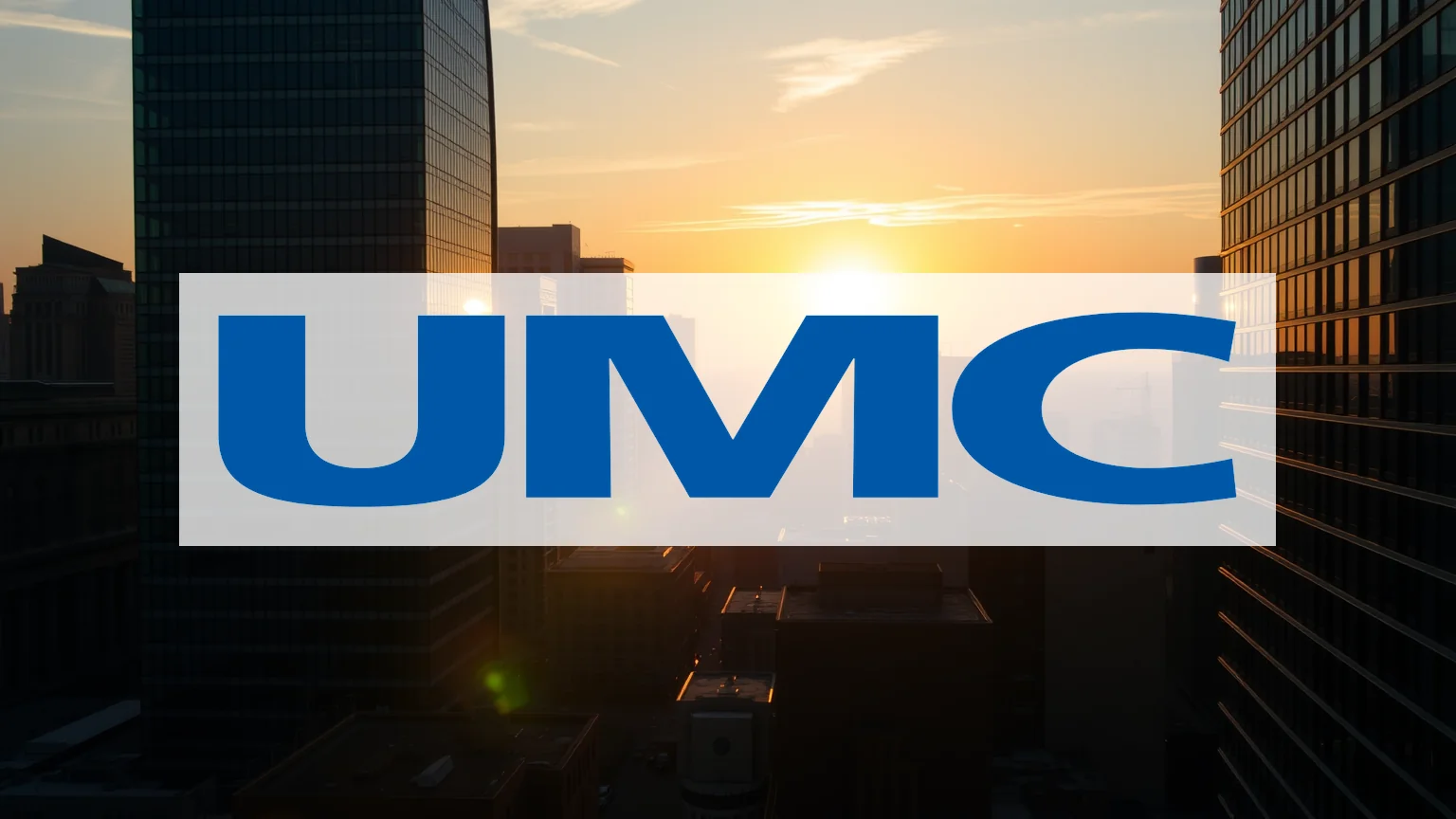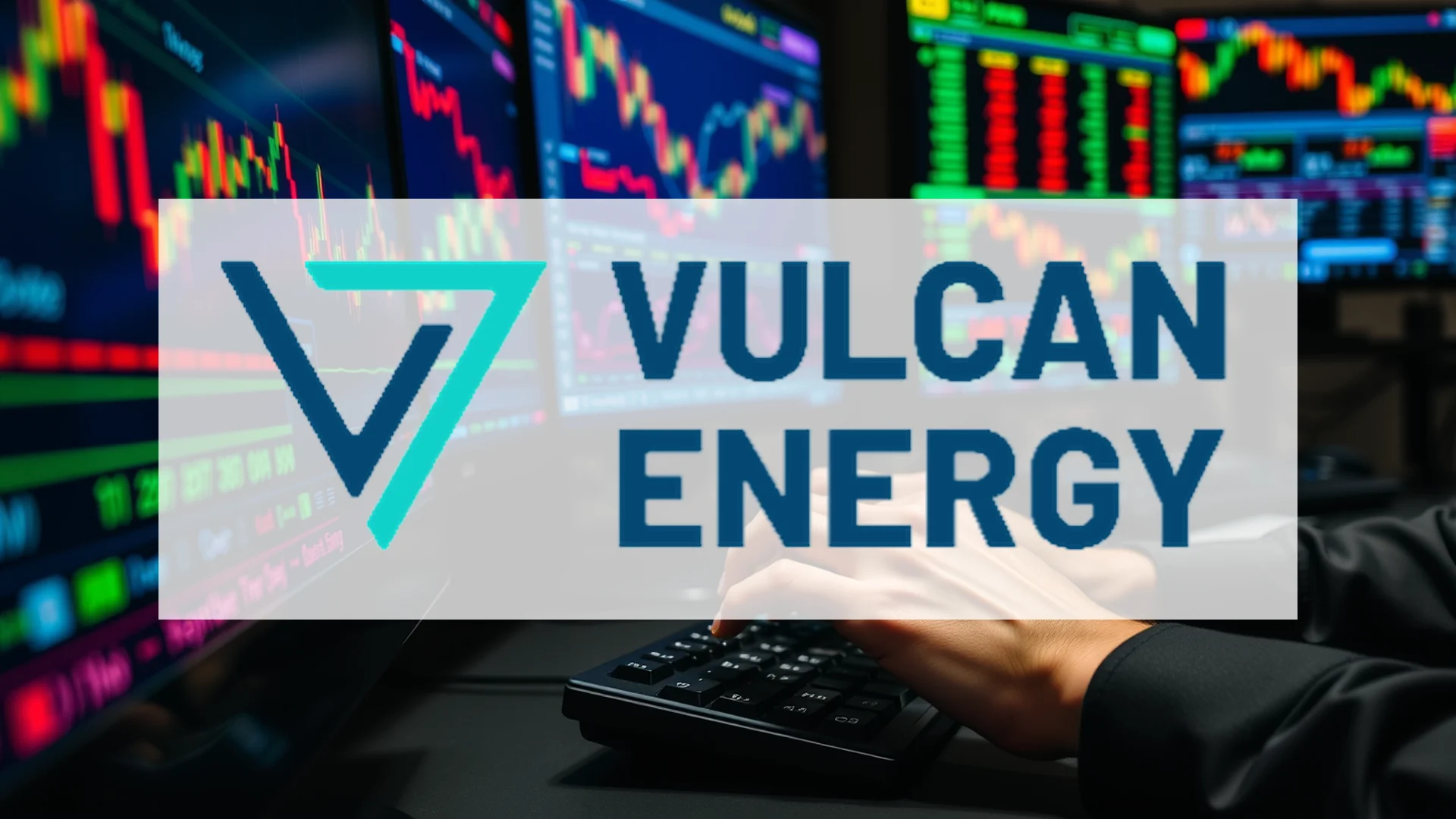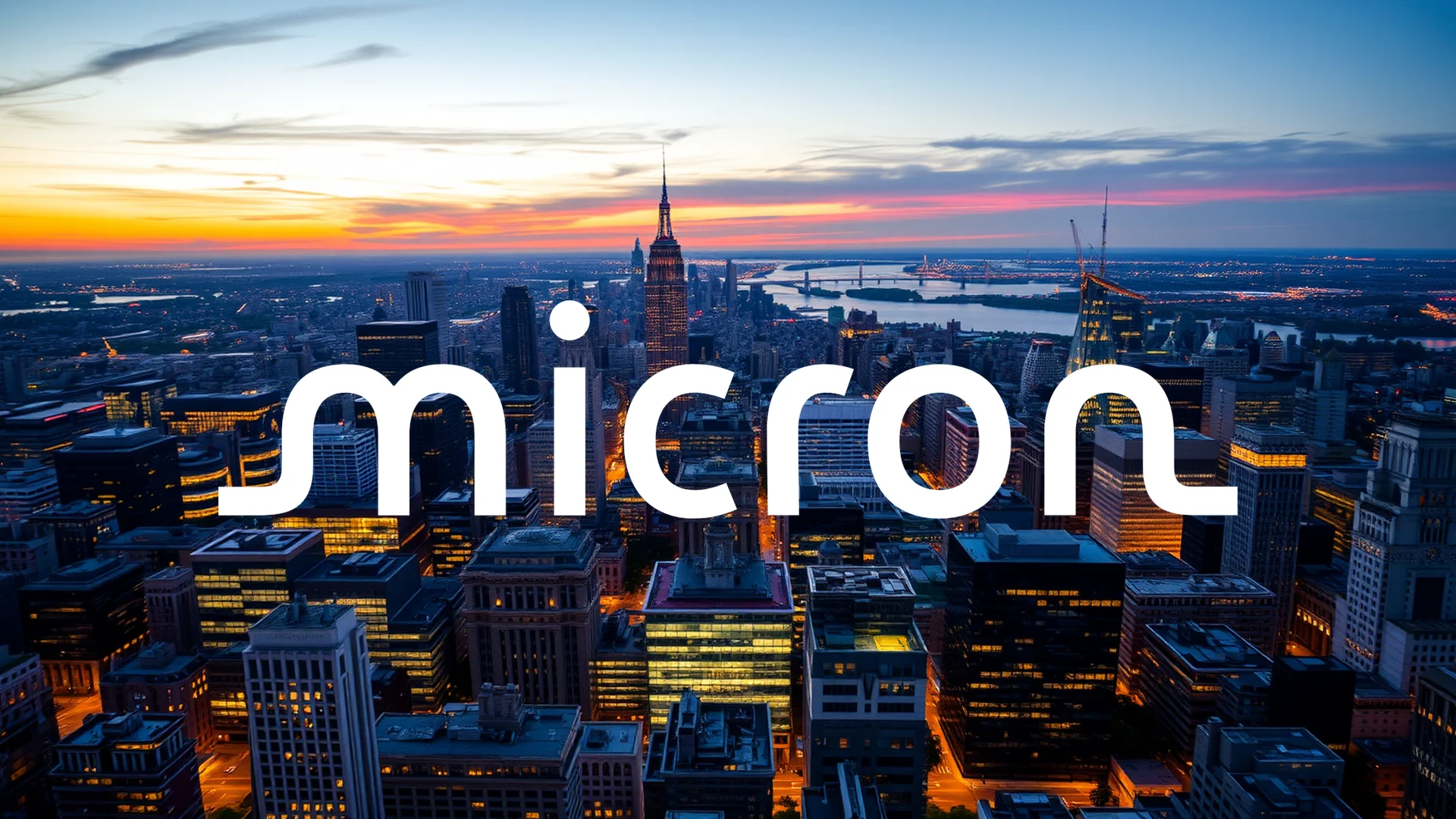United Microelectronics Corporation (UMC), the prominent Taiwanese semiconductor foundry, finds itself navigating a complex landscape of solid annual performance and emerging headwinds. The company’s latest operational data reveals a tale of two timelines, while a significant geopolitical development involving the U.S. government and Intel promises to reshape the competitive dynamics of the entire global chip industry.
Strong Year-to-Date Results Contrast with Recent Monthly Dip
A look at UMC’s cumulative performance since the start of the year paints a positive picture, with revenue climbing 3.27 percent to T$136.66 billion. This underlying strength, however, was contrasted by a short-term setback in July 2025. The company reported a 4.1 percent decline in monthly revenue compared to the same period last year, with earnings falling from T$20.90 billion to T$20.04 billion.
This divergence highlights the inherent volatility of the semiconductor sector, where robust long-term fundamentals can be punctuated by periodic market fluctuations. Investors and analysts typically weigh both sets of data, especially within the current environment of industry uncertainty.
A Strategic Shockwave: The U.S. Government’s Massive Intel Investment
Beyond these immediate market cycles, a far more consequential strategic shift is underway. In a move with global ramifications, the U.S. government is finalizing a multi-billion dollar equity investment in Intel Corporation. The intervention involves the government acquiring an approximate 10 percent stake in the chip giant, funded by repurposing $8.9 billion in previously awarded, but not yet disbursed, grant money.
Should investors sell immediately? Or is it worth buying United Microelectronics?
The funding is split between two key initiatives: $5.7 billion originates from the CHIPS and Science Act, with an additional $3.2 billion drawn from the Secure Enclave program, which is dedicated to bolstering domestic microelectronics production. Although this stake is reportedly non-voting, the move sends an unambiguous signal of America’s intent to aggressively expand its homegrown semiconductor manufacturing capacity.
Intensifying Competitive Pressures for Asian Foundries
This unprecedented state-led investment is poised to alter the global foundry competitive landscape fundamentally. Non-U.S. players, including established foundries like UMC, may soon confront a new set of competitive dynamics as a supercharged Intel accelerates its foundry ambitions. Intel itself has acknowledged potential risks, cautioning that the deal could provoke negative reactions impacting its international sales, which constituted 76 percent of its 2024 revenue.
Historically, markets have penalized overtly nationalistic industrial policies when they are perceived to compromise global competitiveness and efficiency. The critical question now is whether this substantial government intervention will successfully reshuffle the deck in the high-stakes global semiconductor industry.
For United Microelectronics, the environment has grown more complex. The company must now adeptly manage not only the typical cyclical demand patterns of its business but also navigate these profound geopolitical strategy shifts. Its future positioning will be determined by its agility in adapting to both market forces and the new strategic realities of its industry.
Ad
United Microelectronics Stock: Buy or Sell?! New United Microelectronics Analysis from November 25 delivers the answer:
The latest United Microelectronics figures speak for themselves: Urgent action needed for United Microelectronics investors. Is it worth buying or should you sell? Find out what to do now in the current free analysis from November 25.
United Microelectronics: Buy or sell? Read more here...












